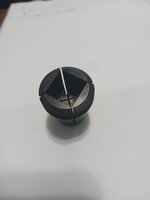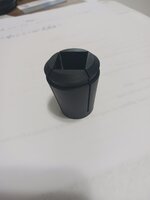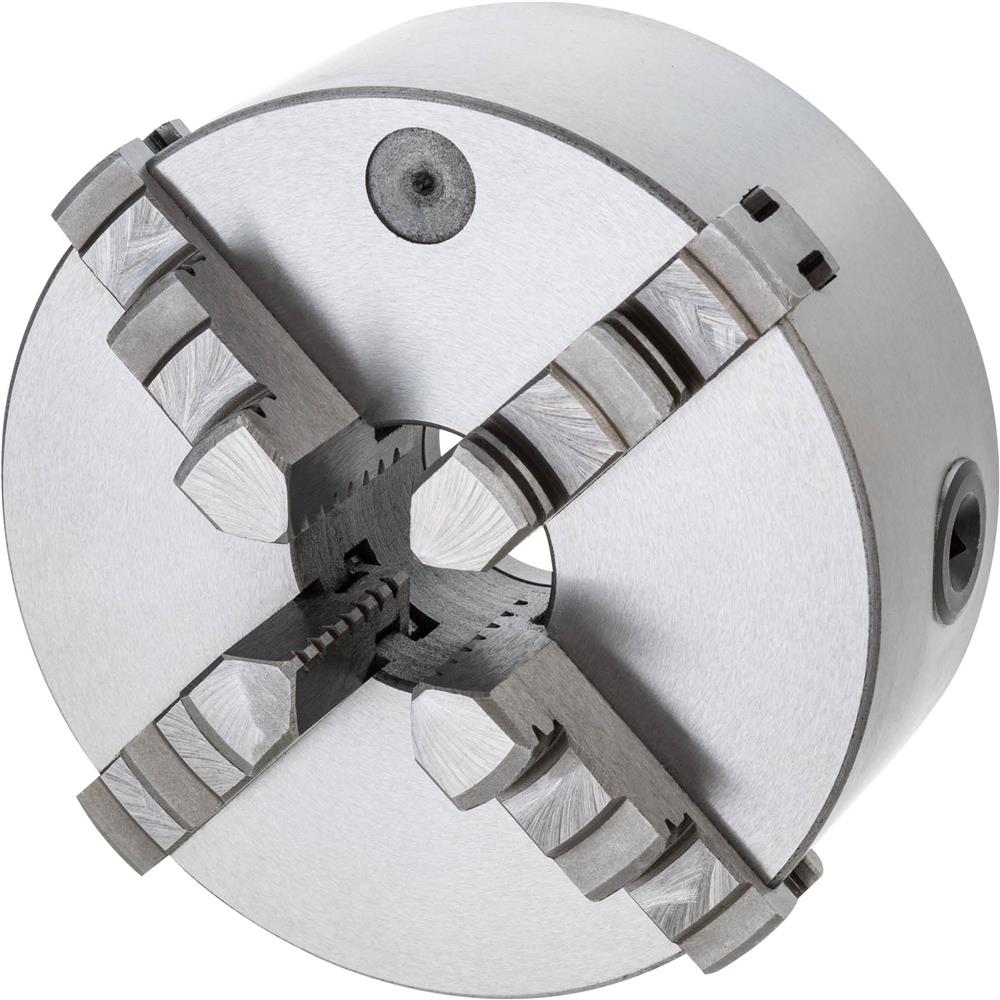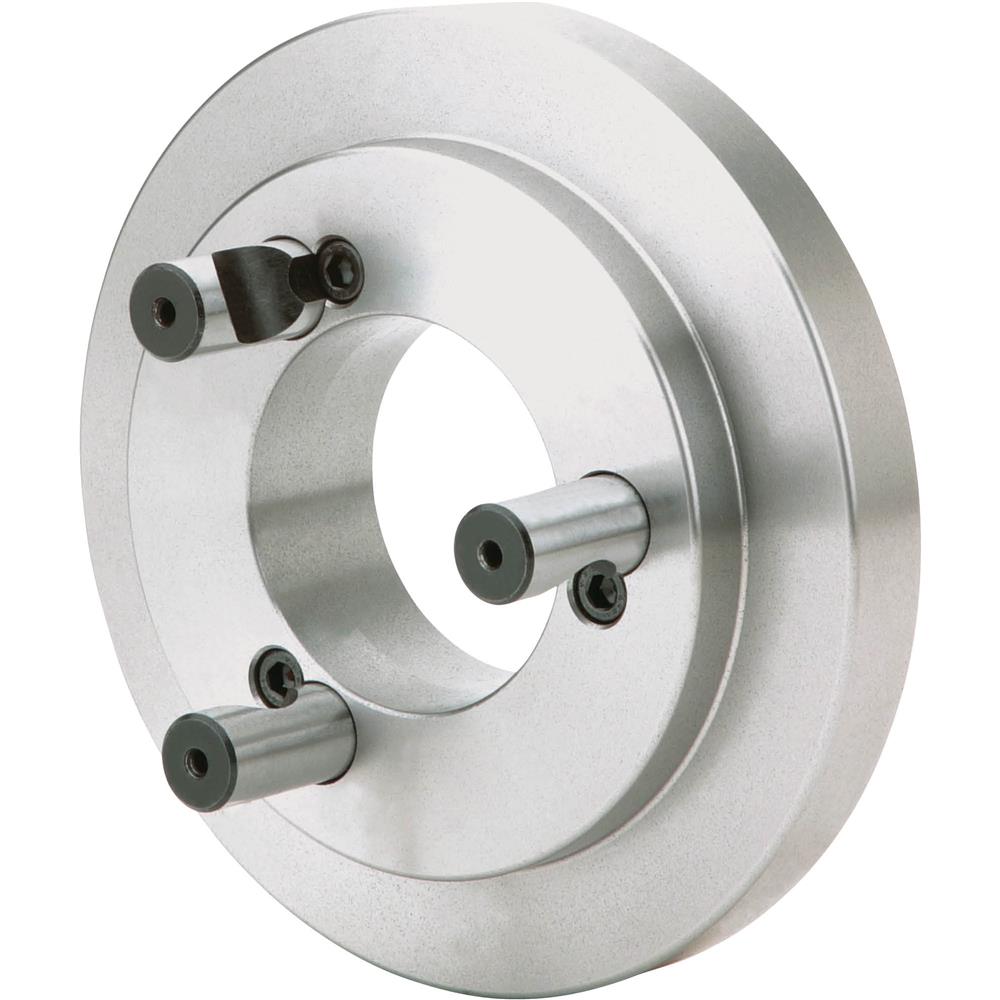InkyMike
Member
Hey all - question for the collective.
A lot of tutorials I've seen, specifically in section turning, start with using a round blank in a collet chuck. Thanks to the generosity of some folks here, I have a good number of square blanks to practice with. I'm curious how many of you turn down your square blanks to round, and then use a collet chuck - and for those that do - if you have any tips on how to get the rounded portion as true as possible to use in the chuck - on a wood lathe (I have a Taig micro lathe but I'm trying to go end to end on the wood lathe.)
Thanks!
Michael
A lot of tutorials I've seen, specifically in section turning, start with using a round blank in a collet chuck. Thanks to the generosity of some folks here, I have a good number of square blanks to practice with. I'm curious how many of you turn down your square blanks to round, and then use a collet chuck - and for those that do - if you have any tips on how to get the rounded portion as true as possible to use in the chuck - on a wood lathe (I have a Taig micro lathe but I'm trying to go end to end on the wood lathe.)
Thanks!
Michael




